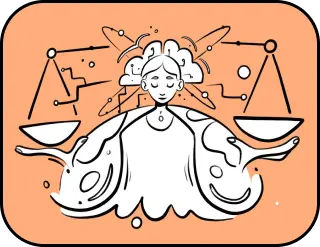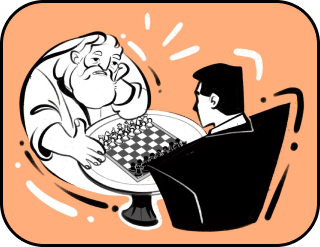Who invented these clocks? A journey through time
“Even a stopped clock shows the correct time twice a day. A clock that runs fast never does.”
It seems that clocks have always been with us, helping us to use our most important resource—time—rationally. However, this unique invention with its mystically abrupt ticking has its own history, which is inextricably linked to humans.
Clocks have constantly changed; they have become small, large, wooden, stone, mechanical, and over time—quartz, electronic, and finally—digital. Different in shape, size, and color, they never cease to amaze.
Life before Clocks
Until the late Middle Ages, most people perceived time as something exclusively tied to their work and nonexistent outside of it. Chopping wood? They would chop from morning until noon. Herding cattle? They would herd until the sun set. Harvesting crops? They would harvest from early morning until late evening. Days were measured not in minutes and hours, but by the number of tasks that could and needed to be completed in a day.
But at some point, it became inconvenient for people to determine time by the position of the sun. There was day and night, but the intervals in between were unclear. This is when the brilliant idea of inventing clocks emerged!
It can be assumed that the first inventor of clocks was a moneylender. He needed to know when debts were due and when he could rest peacefully. He took a large stone, scratched divisions on it, and attached a small stick. Thus, the first sundial mechanism was created!
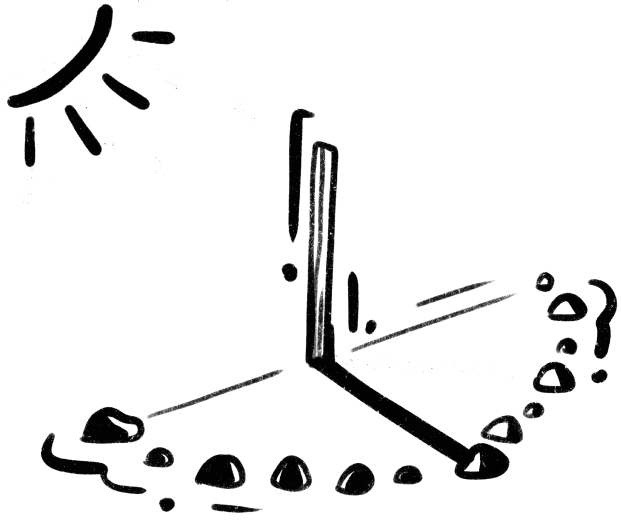
However, the sun was not always in its place, making it impossible to accurately tell time at night or during cloudy weather.
This is where water clocks came to the rescue. A large vessel of water was fitted with a spoon with a hole, allowing water to flow evenly from one corner of the vessel to the other. Thanks to such clocks, people could accurately determine when it was time to go to bed.
But experiments with water clocks didn’t end well either: sometimes the spoon wouldn’t let the right amount of water through, and sometimes the water itself would overflow.
Then a great mind proposed using sand grains. “One step at a time,” said the scientist, pouring sand into small vessels with a hole. And thus, people could track how long a wayward youth spent engrossed in social media!
The first hourglass was invented by the French monk Liutprand.
Wrist Revolution
When Napoleon Bonaparte’s younger sister, Caroline Murat, wore a watch on her wrist in 1812, she likely had no idea that she would spark a true revolution. Or rather, it wasn’t her, but the legendary watchmaker Abraham-Louis Breguet.
He was the first to suggest that a lady wear a watch on her wrist—on a bracelet made of hair intertwined with gold threads. However, it took several decades before wristwatches became a status symbol, with prices for some of them exceeding the cost of luxury homes.
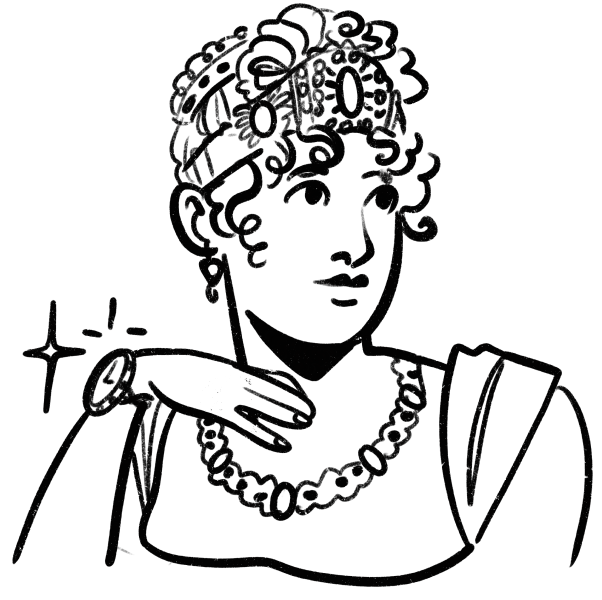
Switzerland: Who Invented Luxury?
How did religion make Switzerland the center of the global watch industry? “Oh, it’s all because of a Frenchman!” the locals might exclaim if they had a magical time machine.
This Frenchman was Jean Calvin. The church reformer, theologian, and founder of Calvinism banned the wearing of jewelry, attending theaters, and hosting celebrations.
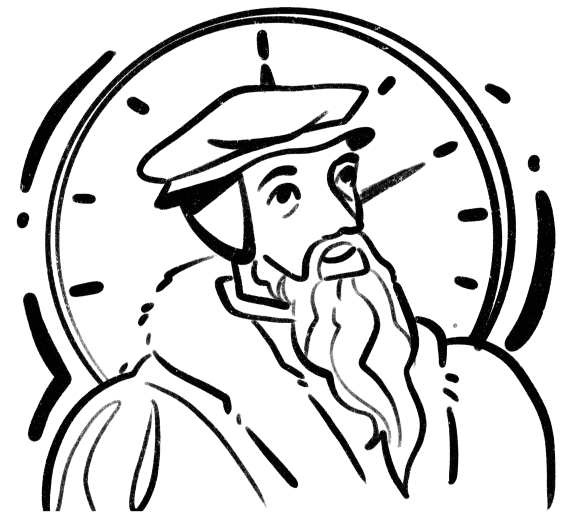
To avoid falling into poverty, local Swiss jewelers invented a new craft: they began making watches, with the French helping to train them. After all, until the mid-16th century, France was the center of the watch industry.
Thanks to Calvin and his ideas, the watchmaking center moved to Switzerland. By joining forces, Swiss jewelers and French watchmakers created a guild of craftsmen.
Now Geneva is known as the city of ultra-luxury watches. There are plenty of brands here: Rolex, Baume & Mercier, Patek Philippe, Franck Muller, Chopard, Hublot, Vacheron Constantin, and Louis Breguet.
The residents of the country can easily do without wristwatches. They won’t forget the time because, in most Swiss cities, clock faces are visible from afar. For example, the railway station in Aarau boasts one of the largest station clocks in Europe—their diameter spans three stories. And the Church of St. Peter in Zurich has the largest church clock face in Europe.
Inspired by Time
“— Why are your clocks melting? — they ask me. — But the point isn’t that they are melting! The point is that my clocks show the exact time.”
True masterpieces are created over the years. But Salvador Dalí disproved this statement. It took him only a couple of hours to paint his famous work, “The Persistence of Memory.” That evening, his wife Gala went to the cinema, and upon her return, she saw that Salvador had created another masterpiece.
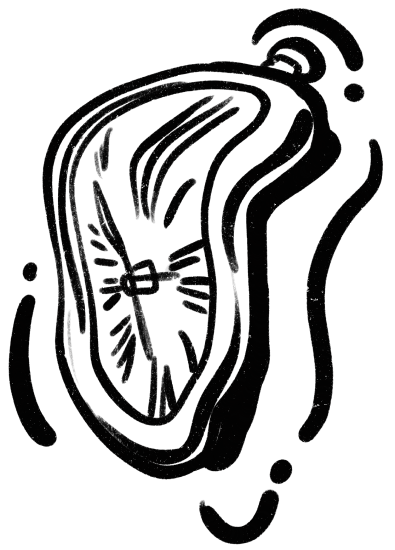
This surrealist work is one of the artist’s most recognizable, completely captivating with its mysterious and alluring image. The melting clocks in the foreground symbolize the passage of time, the chronometer on the table represents the present, the dangling clock from the bare branch represents the past, and the clock covering the sleeping head signifies the future.
The curves of the clocks in this masterpiece create a sense of fluidity and slow motion, as if slowing down the passage of time.
Despite its small size, the painting has become iconic: the image of the soft clocks appears in series like “The Simpsons” and “Sesame Street.”
What funny clocks! They show the date, not the hour!
The pocket watch of the strange Rabbit, whom Alice first encountered, holds truly symbolic significance—chasing after him, she ended up in “Wonderland.”
Throughout the story, the long-eared character appears periodically, always in a hurry and regularly checking his watch. Each time he looks at it, he declares that he is late and runs off again. Perhaps it’s no coincidence that the Rabbit became her guide and the watch became the key that opened the portal to the wondrous world.
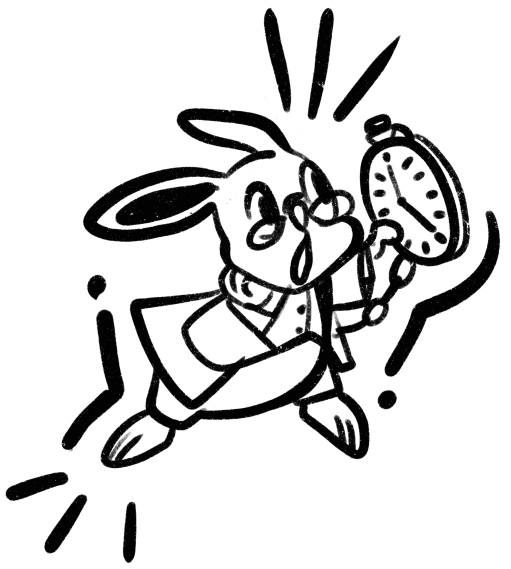
Let’s Synchronize Our Watches
Why do all clocks run the same, but show different times?
Mr. Einstein explains this by stating that “time” itself is an inconsistent entity, like a fluid, and depends on everything around it. In satellite orbits, time runs faster than on the planet’s surface, where gravity is stronger. Near large objects, time stretches more slowly than far from them.
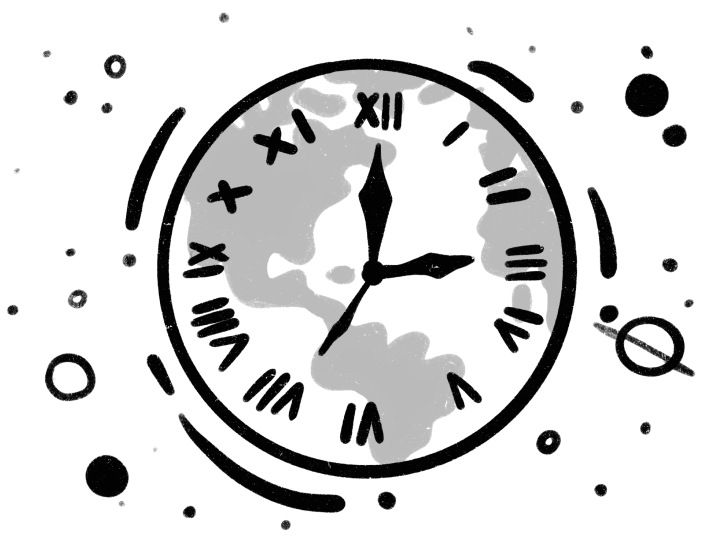
Even the Egyptian pyramids, weighing millions of tons, affect the passage of time, though this is incomparable to the influence of an entire planet.
“The clock strikes on the old tower, seeing off yesterday”
“The clock strikes on the old tower, seeing off yesterday”

To understand which clock this song refers to, one must look at the clock atop the Royal Tower in Mecca. They are not just large, they are enormous! The hands, measuring 17 and 22 meters, are astounding in their grandeur! And the 43-meter dials are a whole world of clockmaking art.
These clocks are also adorned with a mosaic of 98 million elements. You can see the time from a distance of 30 km! It would be great to have such a clock at home to never miss a morning yoga session or an important event.
The Spasskaya Tower and the Kremlin Chimes are Russia’s main timekeepers. These are not just clocks; they are symbols of Russia’s power, beauty, and uniqueness. The mighty chimes, like guardians of time, remind us of Russia’s past and present.
The Kremlin clock itself is unique: a precise mechanism weighing 25 tons, numbers made of copper, and divisions made of pure gold. A 200-kilogram weight rotates a copper cylinder, causing pins to press keys connected by cables to the bells in the belfry.
Big Ben is the most famous landmark of the United Kingdom. Imagine a mighty colossus towering over the eternal city of London, beloved by all the ladies meeting their suitors at its base. The tower’s height with the spire is 96.3 meters, and the total weight of the clock mechanism is 5 tons. The clock mechanism is regulated with an ordinary penny. They simply place it on the pendulum, and the clock speeds up by 0.4 seconds per day. If more speed is needed, they just add more coins.
Not Just Flowers
The Flower Clock in Surat, Gujarat, is not just a giant dial that accurately tells the time; it is a true floral celebration! The colorful flower beds spread across a 23-acre area harmoniously blend with the clock mechanism, creating a unique atmosphere.
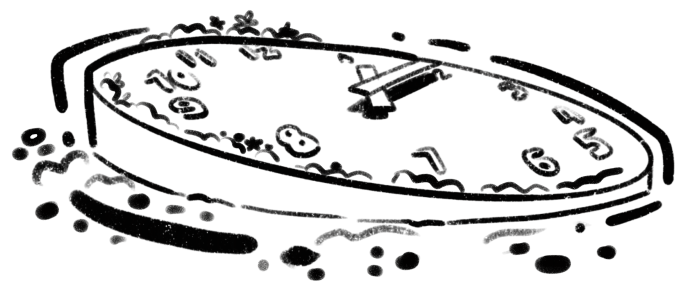
The Flower Clock measures time with its cheerful colors and vibrant mood. The hands of the clock weigh one ton, and the dial has a diameter of 24 meters. It’s no wonder that the Flower Clock ranks third in the world for its size.
Dwarf Clocks
In 1929, the microscopic model of the Jaeger-LeCoultre Calibre 101 clock was introduced. Weighing only 7 grams and measuring in millimeters, they are the oldest and smallest mechanical watches that are still produced in very limited batches.
These watches are currently the leaders among their microscopic counterparts. Their caliber consists of 78 parts, each assembled by hand.
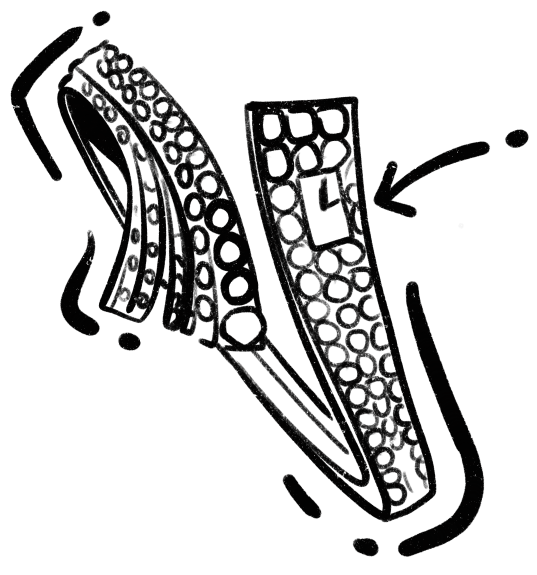
Queen Elizabeth II of the United Kingdom wore Jaeger-LeCoultre jewelry watches with the Calibre 101 mechanism for her wedding and also appeared in them at her coronation.
Printing Time on a Printer
3D printing is already fully integrated into the art of watchmaking. Antonio Carriero, Director of Technologies and Developments at Breitling, asserts that 3D printing aids in creating prototypes and testing new watch models.
In the future, we can expect a fundamentally new phase of technology where in stores, workshops, and boutiques, unique watch designs can be drawn on a computer for you and immediately printed into the model of your dreams. Moreover, it may even be possible to print them at home on your personal 3D printer.
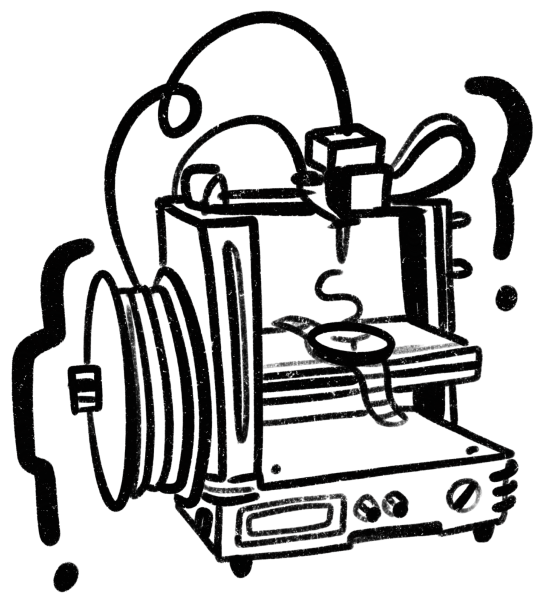
Tick-tock, Mr. Bond!
Blockchain technology is not only impacting the world of finance but also the watch market. Owners of the Breitling Top Time Limited Edition have been offered a digital blockchain passport that stores information about each person, including financial details, within the watch, bringing a new level of transparency to communication.
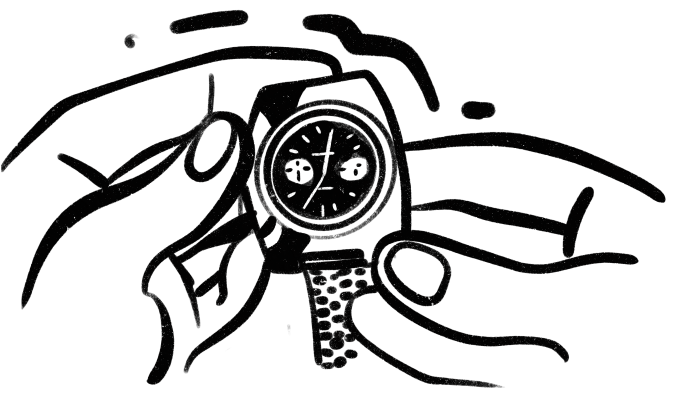
According to the creators, watches will soon fully replace the primary identity document.
Queen Elizabeth II of the United Kingdom wore Jaeger-LeCoultre jewelry watches with the Calibre 101 mechanism for her wedding and also appeared in them at her coronation.
The claimed revolutionary technologies were tested in the movie “Thunderball.” The Breitling Top Time was specifically created for these scenes. In the storyline, these watches featured a Geiger counter to help British spy 007 quickly detect stolen government nuclear warheads. Impressive, isn’t it?
Are We in Clock Slavery?
It’s hard to imagine life without clocks nowadays. Clocks have completely changed our perception of the world and reality. Now, human life is divided into small segments of time, each requiring specific actions, imposing commitments, and demanding more careful time management. Physically, we may be free, but as soon as we glance at the clock’s hands, any illusion of freedom vanishes.
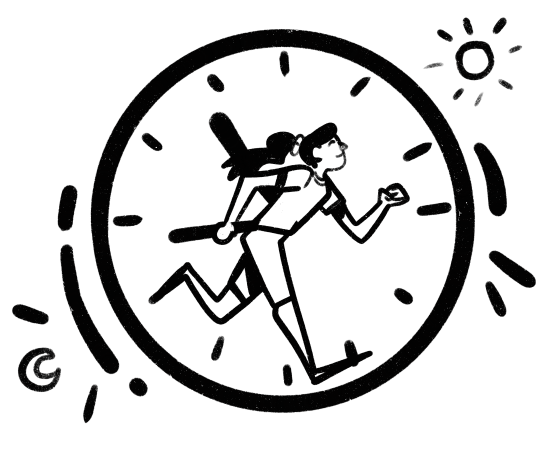
An office worker cannot tell their boss that a task will be completed “after two lunches and three brunches.” There’s a strict plan and schedule to follow. You can’t be late, leave early, or miss deadlines. Otherwise, the clocks will punish you. These ticking shackles of hands aren’t felt when you’re in sync with the established rhythm.
However, stepping out on vacation or disconnecting from the system in any way immediately brings a sense of unexplainable freedom. Waking up without an alarm clock, not checking the time throughout the day—these wonderful feelings are something everyone should experience from time to time.
In this world, everyone should not rush, not lag behind
Remember the touching excerpt from the work “It hurts only when I laugh”:
“In Odessa, I saw a real wooden clockmaker’s booth that no longer exists anywhere else. The day before, foolishly, I bought a watch, carelessly forgetting the Great Combinator’s instructions that all contraband in Odessa is done on Mala Arnautska. Naturally, by the second day, the watch peacefully passed away. So you can imagine with what hope I rushed to the clockmaker’s booth.
Inside sat a little bald old man, with a cardboard cup-lens perched on his eye. My grandfather was exactly the same watchmaker in Kharkov, so I almost cried.
— ‘Oh my God!’ I exclaimed. ‘Only in Odessa are there such clock booths left.’
He lifted his bald spot, moved the cup to his forehead, and looked attentively at me.
— ‘Madam…’ he sadly said. ‘From Odessa, only one intonation remains…’
And looking at my newly acquired watch, he sighed and said:
— ‘You need a tram.’
— ‘Which number?’ I asked eagerly, thinking he was directing me to some nearby House of Necessities.
— ‘Any will do for you,’ he replied without a smile. ‘Wait for the tram and put this junk on the tracks… For entertainment.'”
The depth and mystery of clocks leave a sense of incomprehensibility and mystical greatness of time. It makes us ponder our place in time and eternity, what we have done and will leave behind. The familiar and tranquil “tick-tock” will soon disappear from our lives completely. While we once enjoyed listening to this ticking, relaxing and unwinding, today we feel dependent on time. We fear not being able to keep up.
Clocks have changed, evolved, and now perform many other functions—they are whole programs that include planning.
Life’s images rush by: moments of happiness, hours of contemplation, and instants of fate. And it doesn’t matter whether the clocks are expensive or not; what matters is getting everything done and not making mistakes in direction: wake up with the roosters, go to bed with the hens, but spend the rest of the time with people.
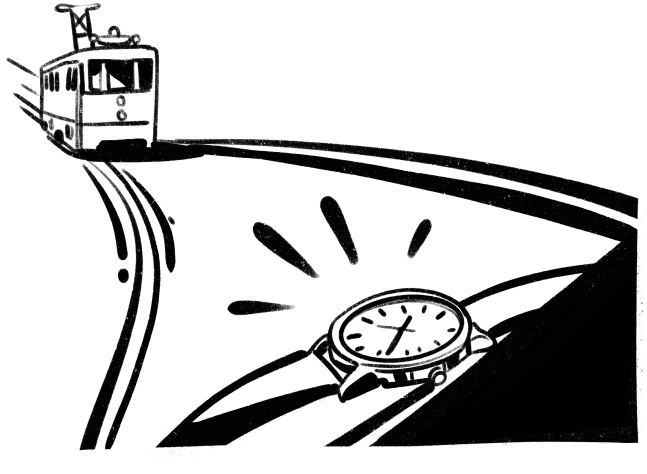
The micro world makes particles dance to the melody of probability.
Thank you!


